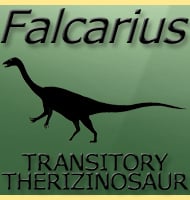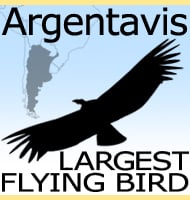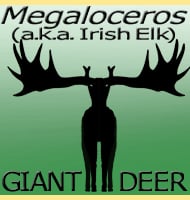In Depth
Although not known from very complete fossil material, one thing that can be established about this mosasaur is that the rear limbs are not as well developed to aquatic life as they are in later forms. This reveals that Vallecillosaurus was a basal (sometimes referred to as primitive) mosasaur form, although it was not the only one from this part of the world. Across the border in the United States, a basal mosasaur named Russellosaurus is known from Texas. Also from Texas is the even more primitive Dallasaurus that is regarded as one of the earliest mosasaur ancestors, and further south in Columbia is Yaguarasaurus. It would however be a mistake to assume that the early Turonian mosasaurs were restricted to these areas however as they are also known from the other side of the Atlantic with Tethysaurus from Morocco hinting that the early mosasaurs established themselves across the growing Atlantic ocean at the very least. Additionally the form thought to be most similar to Vallecillosaurus is Komensaurus that is currently known from Europe (specifically Slovenia).
Although incomplete, the remains of Vallecillosaurus were preserved with skin impressions that reveal Vallecillosaurus had rhomboid shaped scales across the rear portion of the body. However more complete skin impressions like those found with the later Platecarpus show that different parts of the body had different shaped scales on them, and it’s possible that the same may also be true for Vallecillosaurus. Also fifteen pebbles were found in what would have been the stomach area. The presence of these pebbles has long been assumed to be for the purpose of ballast so that the animal could swim through the water instead of just bobbing around on the surface. However in depth study of the marine reptiles like the elasmosaurid plesiosaur Styxosaurus has revealed the presence of ground fish bones amongst similar stones. This suggests that the stones in Vallecillosaurus may have primarily been for use as gastroliths, with additional effects of extra ballast being a secondary benefit.
Further Reading
– A new aigialosaur (Squamata: Anguimorpha) with soft tissue remains from the Upper Cretaceous of Nuevo Le�n, Mexico. – Journal of Vertebrate Paleontology. 28: 85–94. – Krister T. Smith & Marie-C�line Buchy – 2008.









